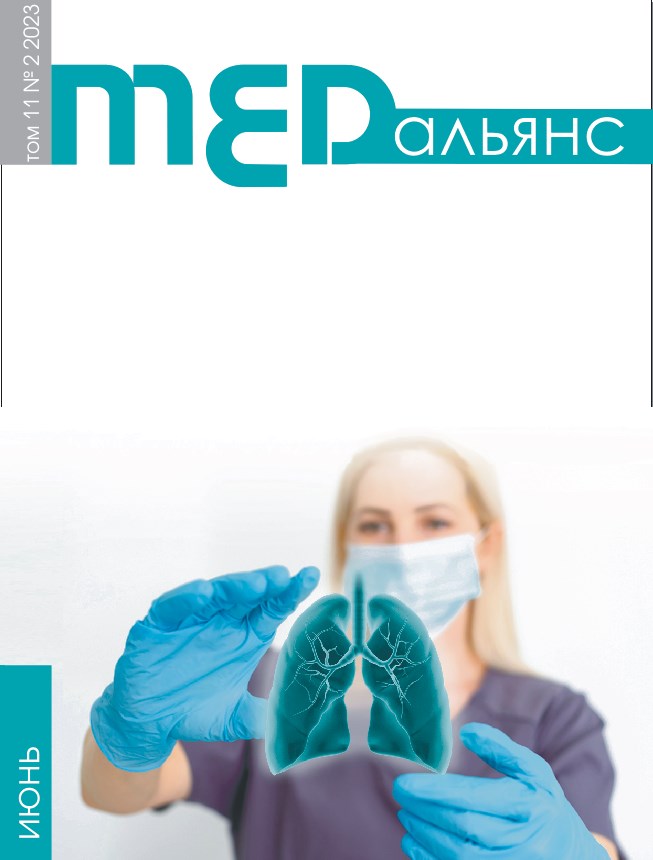Abstract
Pulse oximetry is widely introduced to determine oxygen saturation of the blood. For patients with pulmonary diseases oxygen saturation is a major parameter used for the assessment of pulmonary gas exchange. The objective of our study was to compare the results of oxygen saturation measured by photoplethysmographic and electrochemical methods in patients with pulmonary diseases. Materials and methods. The authors studied 252 patients with pulmonary diseases of different etiology. All the patients underwent pulse oximetry (SpO2) and blood gas analysis (SaO2) for oxygen saturation measurement, as well as spirometry. Results. We have established high direct correlations (R=0.869) between oxygen saturation levels determined by different methods. The mean absolute value of the difference between SpO2 and SaO2 was 0.74±2.35 pp. The value of the difference was influenced by the value of partial pressure of oxygen in the blood: if РаО2 was higher than 80 mm Hg, the mean value of the difference (Md) was 0.1 pp (percentage points), and the consistency limit ranged from –2.6 to 2.8 pp; as РаО2 lowered, the results increased to the maximum at РаО2 of less than 60 mm Hg (Md=0.8 pp; the consistency limit could reach±8.0 pp). The saturation value measured by pulse oximetry with supposed hypoxemia of less than 60 mm Hg was possible at SpO2 of less than 93%. The difference between SpO2 and SaO2 beyond 3.0 pp was detected in 47 (18.7%) patients with pulmonary diseases. It was more frequently determined in patients with interstitial lung diseases (34.0%) than patients with other pulmonary diseases (12.5–16.6%). Conclusion. Oxygen saturation determination by pulse oximetry adequately shows pulmonary gas exchange in patients with pulmonary diseases and can be used in practical pulmonology. Though, blood gas analysis results should be specified if SpO2 is 93% or lower.

